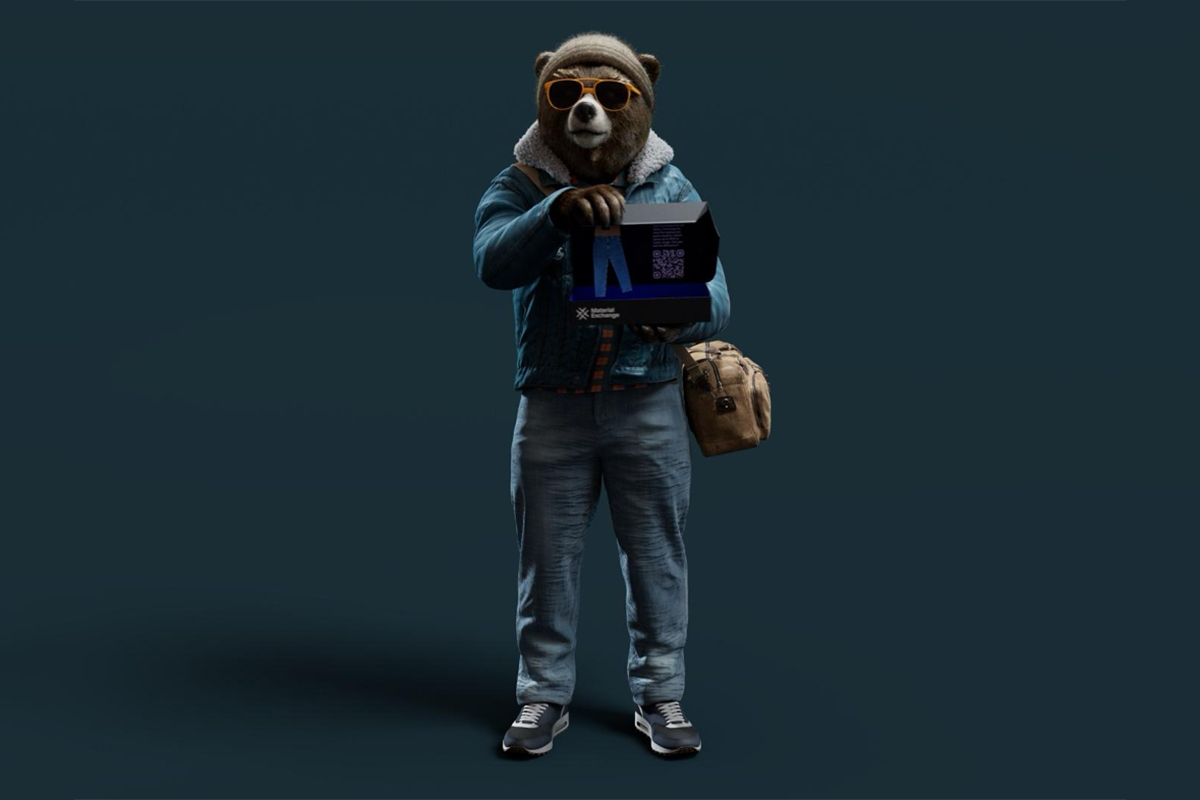Founder’s Letter: A Story About a Transparency Failure
Sometime long ago, in 2006 or maybe 2007, Jeff Silberman, who was the Textile Development and Marketing chair at the Fashion Institute of Technology in New York, called me and asked me if I was interested in a free trip to Singapore including a stay at Four Seasons Hotel to speak to a group of spinners at a conference organized by Bayer Cropscience for its Fibermax cotton seed. As it happened, I had to go to Indonesia anyway and being flown to Singapore would put me two hours away from where I really had to be. So yes, I wanted to accept the offer but I did not know exactly what Fibermax was. And maybe more importantly, I had never in my life spoken to a group of individuals larger than what fits around a dining table.
“How many spinners / people attend?” I asked Jeff. He said it was over 100 and my heartbeat intensified.
“What do I talk about?” I asked him. He said I was to share with the group how retailers and brands bought fabric, which was something I could easily talk about without notes. I decided to prepare a speech, practice daily and accept the offer. The best part of the offer was to share a few days with Jeff in Singapore. Who knew then that one day I would actually like public speaking?
Fibermax, I learned, was a cotton seed that changed the life of Texas farmers. In the most simplistic terms possible, this seed allowed farmers to grow a higher yield, a finer quality and, therefore, sell more cotton — and sell it at a higher price. I came to learn that the product was so good that Bayer Cropscience had to put systems into place allowing them to prove the cotton’s provenance because too many traders were selling “Fibermax cotton” that was not actually Fibermax. Bayer’s system of checking the seed source and matching it to the cotton bales was the first mass organization of traceable cotton in the world. So when they asked me in Singapore to consult for them, I told them that I would love to because Fibermax had two salient and remarkable features. The first one was that Fibermax cotton was “traceable” way back in 2007 when no one even dreamed of that feature, and the second product characteristic was that it was grown in the USA. I told Bayer that it was unlikely garments would ever be produced again at a mass scale in the USA. But, I told them, garments made anywhere in the world using U.S. cotton would appeal to consumers — provided they knew U.S. cotton was in the product.
Bayer ran with that thought and organized focus groups in Portland, Maine, and Milwaukee, where it was proven in these tests way back in 2008 that yes, indeed, “made in USA cotton” appealed to consumers more than either unknown origin or alternative origin. It was clear in these focus groups that any apparel that was made from U.S. cotton had a higher perceived value.
Fibermax went on to create the e3 program, which was essentially brainstormed at a ranch outside of Dallas , over the course of a few days I’ll never forget. It was there where the key elements of e3 were defined:
- e3 would provide buyers the environmental data from not just from each farm but each plot within the farm.
- e3 would be fully transparent from seed to bale on a massive scale.
- e3 would strive and prove continuous environmental improvement.
e3 cotton officially launched in 2013 and in 2017 the Fibermax brand was acquired by BASF. Today — 10 years later — the e3 program is, sadly, dormant. But it remains— in my mind — one of the best cotton products one could ever buy. While there are new and a growing number of “regenerative cotton farms” that will share their data, for the most part, most cotton today comes to you with zero transparency, zero data. We, as a jeans industry, accept that — even though e3 proved back in 2013 that U.S. Cotton can be as clear as glass in its provenance and impact and commitment to continuous improvement
But that’s not the story I wish to leave you thinking about. I’m interested in what our industry should be. And I write this because I would like the people I write about to change. Criticism is meant to ignite new outcomes, not to anger anyone.
The story that I want to share is that from the outset of e3, we asked BCI to accept our product as “suitable” for their “Better Cotton Initiative” and we were rejected — not once, not twice but serially. Every time we submitted data about the e3 program, BCI found another reason to ask for more data and found more forms to be filled out. None of those forms ever led to our being accepted as suitable for the BCI brand, even though all Australian farms were accepted and all Brazilian farmers were accepted despite 99.9 percent of those farms having no data whatsoever. Meanwhile, 100 percent of e3 farmers had full data. I think part of the reason e3 is not the most important cotton program in the world today is because BCI rejected the program for non-substantive reasons. (Of course, there is another side of the story, but if e3 was really seen as vital, a solution would have and could have been found.)
Ten years ago, the U.S. cotton industry had all the elements of a truly sustainable program. Now, a decade later, BCI still has its brand name on non-transparent cotton without any data. U.S. Cotton Trust Protocol knows all the people from that Dallas ranch who concocted e3 and its key features. Trust Protocol is aware that BCI is not implementing a program full transparency or a plot-by-plot environmental data report with each shipment. It is ignoring best practices.
How will we ever become a sustainable industry if the big players know exactly what is the right thing to do but don’t implement it? How does Kingpins produce a show that cares about sustainability when 99 percent of the cotton being sold has no data. How can cotton compete with cellulose when cellulose factories have all their data and provenance perfectly lined up? How do we stop farmers from being commoditized and taken advantage of because their efforts to be sustainable, responsible and transparent have no more value to the consumer than what their neighbor grows regardless of environmental performance.
Just saying all U.S. cotton is good quality or sustainable is like saying everyone riding the NYC subway is a nice person. I am sure most of them are, but when we’re on the subway, it’s hard not to wonder which of those around us is not.
So with that in mind, please be kind and have your say in our little eight-question poll (you can find the poll HERE). I hope, when completed, we can share our findings with the big boys in the cotton industry.
Thanks,
Andrew


